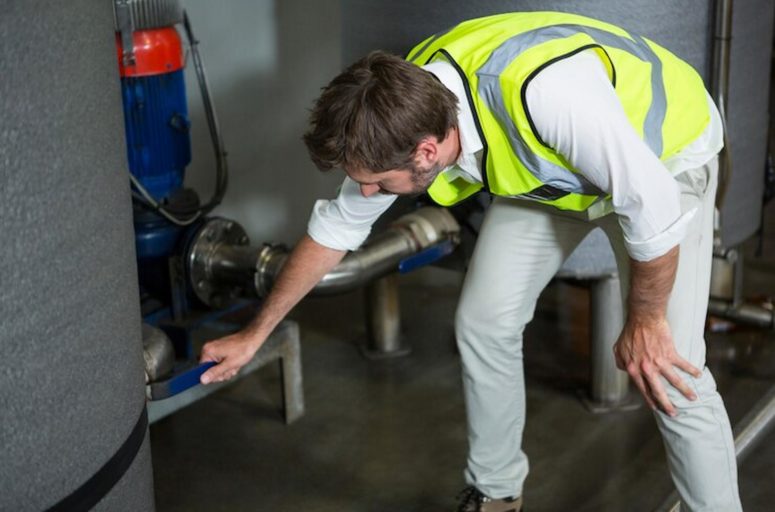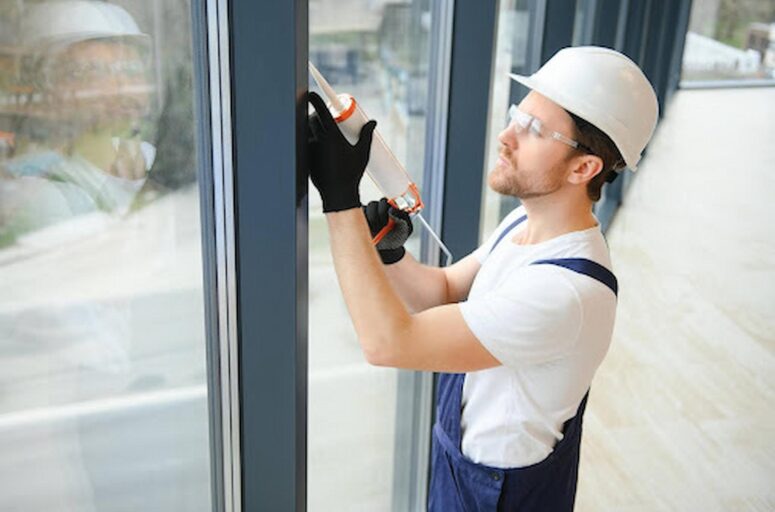Heating a home efficiently is no longer just a comfort issue — it’s a financial and environmental priority. As electric boilers become more common across UK households, many people overlook one vital element that determines how well these systems perform: the radiators connected to them. The right setup can reduce waste, lower bills, and create a steady, comfortable heat throughout the home. This guide explains how to optimise energy use with practical, simple strategies anyone can apply.
Energy efficiency has become a central part of modern home heating discussions. With rising electricity prices and growing concern about environmental impact, UK homeowners are looking for ways to get more heat without spending more money. Electric boilers are seen as a clean and convenient alternative to gas, but their performance relies heavily on the radiators they power. When the heating system is not optimised, energy is wasted, comfort levels drop, and running costs increase unnecessarily.
Understanding how to get the best results from the radiators in your home can make a significant difference. This is especially true when using radiators for electric boilers, as electric systems distribute heat differently than traditional gas units. Every part of the setup matters — from radiator size to temperature settings, placement, and even maintenance.
Understanding the Role of Radiators in an Electric Boiler System
Radiators act as the final step in the heating chain. They distribute warmth into each room, and their performance decides how comfortable your home feels. With electric boilers, heat is produced instantly and transferred through water. Because there is no burning of fuel, every watt of energy used becomes heat. This means radiators must operate at their best to take advantage of that high efficiency.
Radiators that are too small, blocked, or poorly maintained force the electric boiler to work harder. This increases energy use and creates uneven warmth. To optimise efficiency, radiators must be matched to room size and heating patterns.
Right-Sizing Radiators for Better Efficiency
Choosing the correct radiator size is crucial. Large rooms need radiators capable of holding more water and releasing more heat. Small radiators in big spaces lead to longer heating times, higher electricity use, and cold spots.
On the other hand, oversizing radiators can also cause inefficiency. They heat up quickly but release more warmth than necessary, causing the boiler to cycle more often. This short cycling wastes energy and increases wear.
The ideal balance comes from matching radiator output to room volume. A heating professional can calculate the correct heat output, but as a simple rule, each room should heat evenly within a reasonable time without prolonged boiler operation.
Improving Heat Distribution Through Radiator Placement
Where a radiator sits in the room affects how well it can warm the space. Poor placement traps heat or slows its movement. Radiators should be positioned where air naturally circulates, often under windows or along external walls.
If placed behind curtains or furniture, their effectiveness drops significantly. The boiler runs longer to compensate, wasting energy. Allow at least a small gap around each radiator so heat can flow freely.
Proper placement supports natural convection, helping warm air move upward and circulate faster. This reduces heating time and improves comfort.
Bleeding Radiators to Remove Trapped Air
Air inside radiators is one of the most common causes of inefficiency. Trapped air prevents the top of the radiator from warming up. This forces the electric boiler to use more power for longer periods.
Regularly bleeding radiators ensure they fill completely with hot water. This allows them to reach full temperature quickly and evenly. It is a simple task and requires only a radiator key.
When radiators heat evenly from top to bottom, heat loss decreases, and overall system performance improves.
Balancing Radiators for Even Heating Throughout the Home
Balancing ensures that every radiator receives the right amount of hot water. Without balancing, radiators closest to the boiler get too hot, while those farther away remain cool.
Balanced radiators help create a consistent heat level across all rooms. This means the electric boiler does not need to run as long to achieve target temperatures. Balancing also reduces energy consumption and lowers stress on the boiler.
A heating engineer can perform professional balancing, but homeowners can also adjust valves slowly until each room heats at a similar speed.
Optimising Boiler and Thermostat Temperatures
Lowering the boiler temperature even slightly can lead to long-term savings. Electric boilers often work efficiently at lower flow temperatures than gas systems. Radiators still produce steady warmth, but the boiler uses less power.
Pairing this with good thermostat habits makes an even bigger difference. Turning the temperature down by just one degree can noticeably reduce energy use. Using smart thermostats helps maintain comfortable, steady heat without frequent peaks.
Consistent temperatures are more efficient than high bursts of heat because the boiler avoids unnecessary cycling.
Upgrading to Modern, Efficient Radiators
Older radiators may not be designed to work well with electric boilers. Modern models use materials that heat up faster and lose less warmth to surrounding walls.
Aluminium radiators, for example, warm quickly and distribute heat evenly. Double-panel radiators hold more water and release more heat. Low-temperature radiators can also maximise electric boiler performance by working effectively with lower flow temperatures.
Upgrading radiators can significantly improve system efficiency and create a more comfortable living environment.
Using Reflective Panels to Reduce Heat Loss
Radiators placed against external walls can lose heat to outside spaces. Reflective panels reduce this loss by bouncing warmth back into the room. They are simple to install and are an affordable way to improve efficiency.
Reflective surfaces help slow heat escape and increase usable warmth. This allows the electric boiler to run less often, saving energy while maintaining comfort indoors.
Maintaining Regular System Checks
Regular maintenance keeps heating systems efficient. Radiators should be checked for leaks, cold patches, or unusual noises. Electric boilers should also undergo routine inspections to ensure they operate safely and efficiently.
Maintenance prevents small issues from growing into major inefficiencies. Clean filters, clear internal pipes, and well-functioning valves reduce strain on the boiler and help radiators deliver steady, consistent heat.
Proper maintenance also extends the lifespan of both radiators and the electric boiler, protecting your investment.
Final Thoughts
Optimising energy use with radiators is an effective way to get the best performance from an electric boiler. Simple adjustments such as bleeding, balancing, and choosing the right radiator size can instantly improve efficiency. Upgrading radiators, improving placement, and adjusting thermostat habits provide even greater benefits.
With thoughtful planning and regular care, radiators become powerful tools for reducing energy costs and improving comfort. These steps help homeowners enjoy a warm, efficient home without unnecessary waste.



